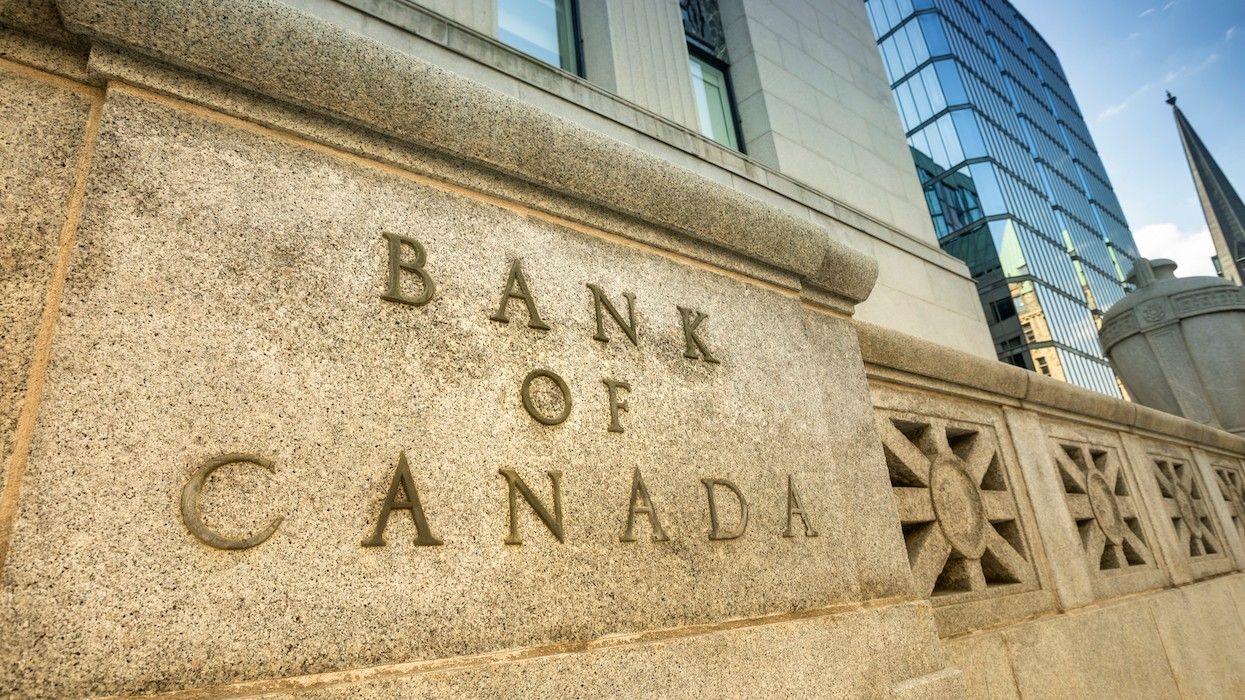Well, after more than four (long) years, it’s finally happened. As many of Canada’s top economists forecasted in the weeks leading up, the Bank of Canada (BoC) has finally cut its overnight borrowing rate. In an announcement made this morning, Canada’s central bank said it would drop its interest rate by 25 basis points to 4.75%.
Over the last two years, BoC aggressively raised its policy rate from 0.25% in March 2022 to 5% by July 2023 in an effort to cool inflation.
Not that anyone needs the reminder, but the rate had subsequently sat at a 22-year high since July 2023 – something that’s resulted in everything from cancelled condo launches, to lower home prices and fewer real estate transactions across the country. Naturally, it didn’t take long for the experts to weigh in to offer their insight as to what this means for Canadians and the housing market.
More Rate Cuts Will Likely Follow
While BoC will undoubtedly take a slow and steady approach when it comes to the relaxation of interest rates, this initial rate cut could signify that there are more in store, say the experts.
“The first cut may not necessarily be the deepest, but it is the most significant, as it marks the official turning point after more than two years of restrictive policy,” writes BMO Economics economist Douglas Porter in a post-rate cut report. “This is indeed likely to be the first of a series of cuts, although that series is not going to be a straight line down by any means.” While Porter calls the central bank’s tone “a bit more dovish than expected,” he stresses that any subsequent rate hikes this year will be based on evidence that inflation is calming.
“We are now in the fourth phase of the pandemic rate policy,” says James Laird, Co-CEO of Ratehub.ca and President of mortgage lender CanWise. “Phase 1 was dropping rates super aggressively; Phase 2 was increasing them dramatically to fight inflation; Phase 3 was keeping them elevated to tamp down inflation; Phase 4 is to move to a less restrictive rate policy. We are in a new situation now where usually if there is one rate cut, more will follow. Now, Canadians will be wondering where the Bank wants to get to and when, which will be exciting if you are a borrower.”
Adam Jacobs, Senior National Director – Research at Colliers, says today’s announcement indeed signifies a shift. “The rate cut is more important as an indicator of a new era of policy, and an end to the high rates and inflation battle of 2022-2024,” says Jacobs. “Related to that point, the Bank of Canada governor explicitly said it’s ‘reasonable to expect further cuts’ if inflation remains reasonable.”
Jacobs says that lenders are forecasting further aggressive cuts. By the end of 2025, the target rate is projected to be 3.5% (BMO), 3% (RBC) or even 2.75% (TD),” he says.

There's (Some) Relief for Variable Mortgage Holders
For homeowners with variable rate mortgages, today’s announcement surely comes as a relief. “If you have been riding a variable rate or have a balance on a home equity line of credit (HELOC), this is the announcement you have been waiting for,” says Laird. “Those who have stuck with a variable rate will be really pleased this morning to see the rate they are paying finally move off a multi-decade high.” For the average Canadian homeowner, this means savings of around $100 each month.
As RBC Economics points out in a new report, if a lender’s prime rate decreases in response to the rate cut, a variable rate mortgage holder benefits in one of two ways. “Either your regular mortgage payment will decrease, or more of your mortgage payment will be directed toward your mortgage principal, meaning you could pay off your mortgage faster than in a higher rate environment,” it reads.
The RBC report also highlights, however, that today’s rate cut doesn’t mean that mortgage renewers won’t still feel the impact of higher rates – they will. “If you took out a mortgage in 2022 or earlier, the Bank of Canada’s policy rate could have been as low as 0.5%, which would have meant a mortgage rate at or around 2%,” reads the report. “With today’s policy rate more than 4% higher than the 2022 low, if you’re set to renew your fixed-rate mortgage in the coming months, your rate will be significantly higher than it has been.”
The drop in rates will impact a choice between fixed and variable rate mortgages for homebuyers.“The five-year government of Canada bond yield has dropped about 30 basis points in the last week and fixed mortgage rates have not yet moved,” says Laird. “Most lenders won't change rates right ahead of a Bank of Canada announcement, but now that they have seen this, consumers should expect fixed rates to move lower. Anyone choosing between a fixed and variable rate in the coming months will probably give variable rates a serious look now that the Bank is in a rate-cutting mood.”

Lower Rates Could (Slowly) Stroke Demand
The big question is at what point interest rate cuts will start to bring droves of would-be homebuyers in from the sidelines. “It will be interesting to see if this first 25 basis point rate cut is enough to stoke demand and cause FOMO to return in the housing market or if buyers will wait to see further rate relief,” says Laird.
According RBC Economics, today’s rate hike won’t necessarily cause the flood gates to open as countless would-be home-buyers race from the sidelines. Not yet, anyway. But it’s a promising start. “The rate decrease won’t materially impact mortgage costs today, but the start of a downward trend may inspire new buyers to ramp up their home search efforts as confidence in the economy grows,” reads the report. “If you’re looking to buy, you’ll likely see an improvement in housing affordability and options.”
At any rate (no pun intended), the eyes of countless Canadians will be on the BoC again next month, when their next rate announcement is expected. “This first rate cut will cause Canadians to wonder if they can expect another one right away at the July 24 announcement,” says Laird.
Rate cuts aren’t only seen as relief on the monthly budgets of families, but much needed in terms of ramping up housing supply. Housing starts have dropped notably across the country as of late. “Real estate development and investment have declined over the past year due to high borrowing costs, so the rate cut offers optimism,” says Jacobs. “Housing development especially needs to accelerate to meet demographic needs but has stalled due to high rates.”
Canada Takes Its Own Lead
As Jacobs points out, Canada is the first major economy to cut rates; among the US, UK, and the rest of Europe. “The willingness to diverge from US rate policy is a big story here,” says Jacobs. “Generally, Canada stays aligned with the Federal Reserve, to protect the Canadian dollar from losing values. However, the US economy is on a different, stronger track right now, so we can’t necessarily wait for them to cut.”
Still, Canada won’t be quick to jump the gun when it comes to subsequent cuts. “The key message from today is that they are going to take this on a meeting-by-meeting basis, so every CPI report matters, as does every GDP and jobless rate release, to a lesser extent,” writes Porter. “We have been pencilling in rate cuts every other meeting for now as a base case, but—like the Bank—that call is data dependent. There are two CPI (and jobs) reports prior to the July 24 decision; if the inflation reports mimic the very mild results seen so far this year, a cut is very much on the table for that decision as well.”





















